-
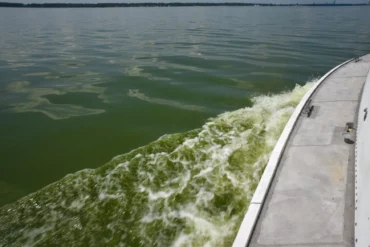 Algae BloomsCharles Stewart Mott Foundation PartnershipCollaborationFeature HomepageLake ErieLatest NewsMichiganNewsWater Quality and Restoration Efforts
Algae BloomsCharles Stewart Mott Foundation PartnershipCollaborationFeature HomepageLake ErieLatest NewsMichiganNewsWater Quality and Restoration EffortsCan Michigan reduce phosphorus pollution getting into Lake Erie by 40 percent?
-Michigan won’t reach the phosphorus reduction goal by 2025 as planned. It’s uncertain when it might attain that goal to help reduce cyanobacterial blooms in Lake Erie.
01 -
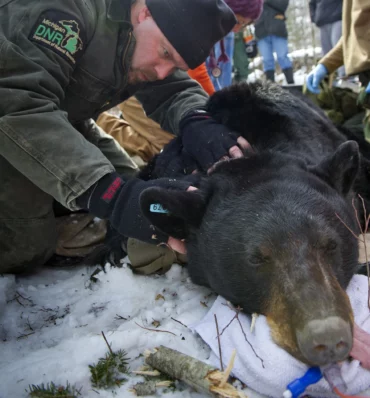 CollaborationFeature HomepageFish, Birds and AnimalsLatest NewsMichiganNewsScience, Technology, Research
CollaborationFeature HomepageFish, Birds and AnimalsLatest NewsMichiganNewsScience, Technology, ResearchSee a bear den? The Michigan DNR wants to know about it
-Michigan Department of Natural Resources asks the public to notify the agency if they spot a black bear den. It’s part of a program to place orphaned cubs with a mother bear.
-
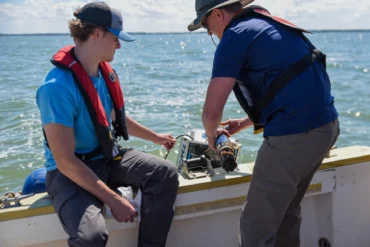 Charles Stewart Mott Foundation PartnershipClevelandCollaborationLake ErieLatest NewsNewsOhioWater Quality and Restoration Efforts
Charles Stewart Mott Foundation PartnershipClevelandCollaborationLake ErieLatest NewsNewsOhioWater Quality and Restoration EffortsBuilding a Smart Lake Erie Watershed
-Water quality sensors in Lake Erie are being networked to make more data accessible to researchers and government agencies, as well as the public.
-
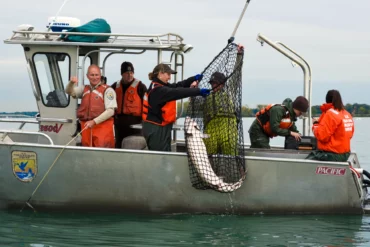
The spawn from lake sturgeon in Michigan to be introduced to Cuyahoga River
-The progeny of lake sturgeon from Michigan will be released into the Cuyahoga River at Cleveland, Ohio.
-
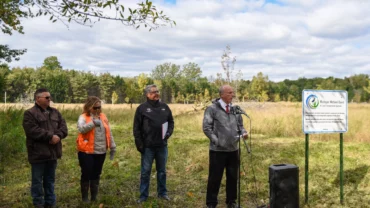 Charles Stewart Mott Foundation PartnershipCollaborationLatest NewsMichiganNewsPolitics, Policy, Environmental JusticeWater Quality and Restoration Efforts
Charles Stewart Mott Foundation PartnershipCollaborationLatest NewsMichiganNewsPolitics, Policy, Environmental JusticeWater Quality and Restoration EffortsWetland banks save cities, townships, and counties money for building roads
-Buying wetlands on the commercial market is expensive. The state of Michigan set up a program to give municipal road agencies a way to mitigate damage to wetlands more cheaply.
-
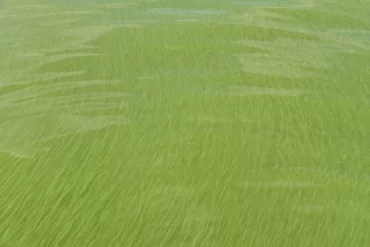 Algae BloomsCharles Stewart Mott Foundation PartnershipCollaborationLatest NewsNewsOhioWater Quality and Restoration Efforts
Algae BloomsCharles Stewart Mott Foundation PartnershipCollaborationLatest NewsNewsOhioWater Quality and Restoration EffortsUS EPA okays Ohio plan to reduce toxic cyanobacterial blooms; Environmentalists say it won’t work
-Environmentalists say the Ohio plan will not work because it doesn’t hold agriculture responsible for the runoff from fields using manure from factory farms as fertilizer.
-
 Charles Stewart Mott Foundation PartnershipCollaborationLatest NewsMichiganNewsPFASWater Quality and Restoration Efforts
Charles Stewart Mott Foundation PartnershipCollaborationLatest NewsMichiganNewsPFASWater Quality and Restoration EffortsState of Michigan sues Gerald R. Ford Airport Authority for PFAS pollution
-The Michigan Attorney General’s office sued the Grand Rapids airport authority on behalf of EGLE over a dispute on responsibility for PFAS contamination.
-
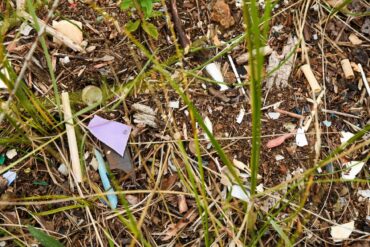
What’s being done about plastic trash getting into the Great Lakes?
-As researchers learn more about the hazards of plastics and microplastics in the Great Lakes, it’s becoming clear Canada and the U.S. need to cooperate in stopping the pollution.
-
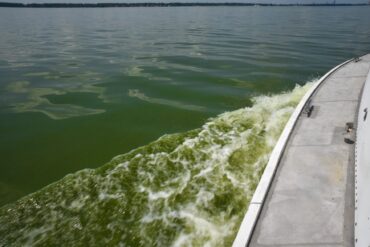 Algae BloomsCharles Stewart Mott Foundation PartnershipClimate ChangeCollaborationLake ErieLatest NewsNewsResearch, Data and TechnologyScience, Technology, ResearchWater Quality and Restoration Efforts
Algae BloomsCharles Stewart Mott Foundation PartnershipClimate ChangeCollaborationLake ErieLatest NewsNewsResearch, Data and TechnologyScience, Technology, ResearchWater Quality and Restoration EffortsToxins from cyanobacterial blooms can be airborne, but the threat to public health is unclear
-Researchers are studying how much of cyanobacterial toxins become airborne. They say breathing in the toxins is much worse than ingesting them.
-
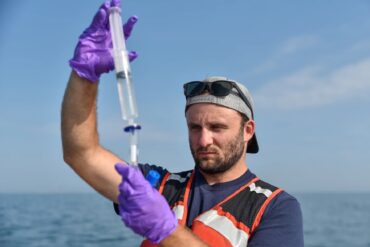 Algae BloomsCharles Stewart Mott Foundation PartnershipCollaborationLake ErieLatest NewsMichiganNewsResearch, Data and TechnologyScience, Technology, ResearchWater Quality and Restoration Efforts
Algae BloomsCharles Stewart Mott Foundation PartnershipCollaborationLake ErieLatest NewsMichiganNewsResearch, Data and TechnologyScience, Technology, ResearchWater Quality and Restoration EffortsScientists are learning just how complicated it will be to reduce toxic blooms in Lake Erie
-Two decades of study reveals a complex combination of factors causing large cyanobacterial blooms and their toxicity. Government incentives to reduce nutrient pollution from farms have not been enough to solve the problem so far.

